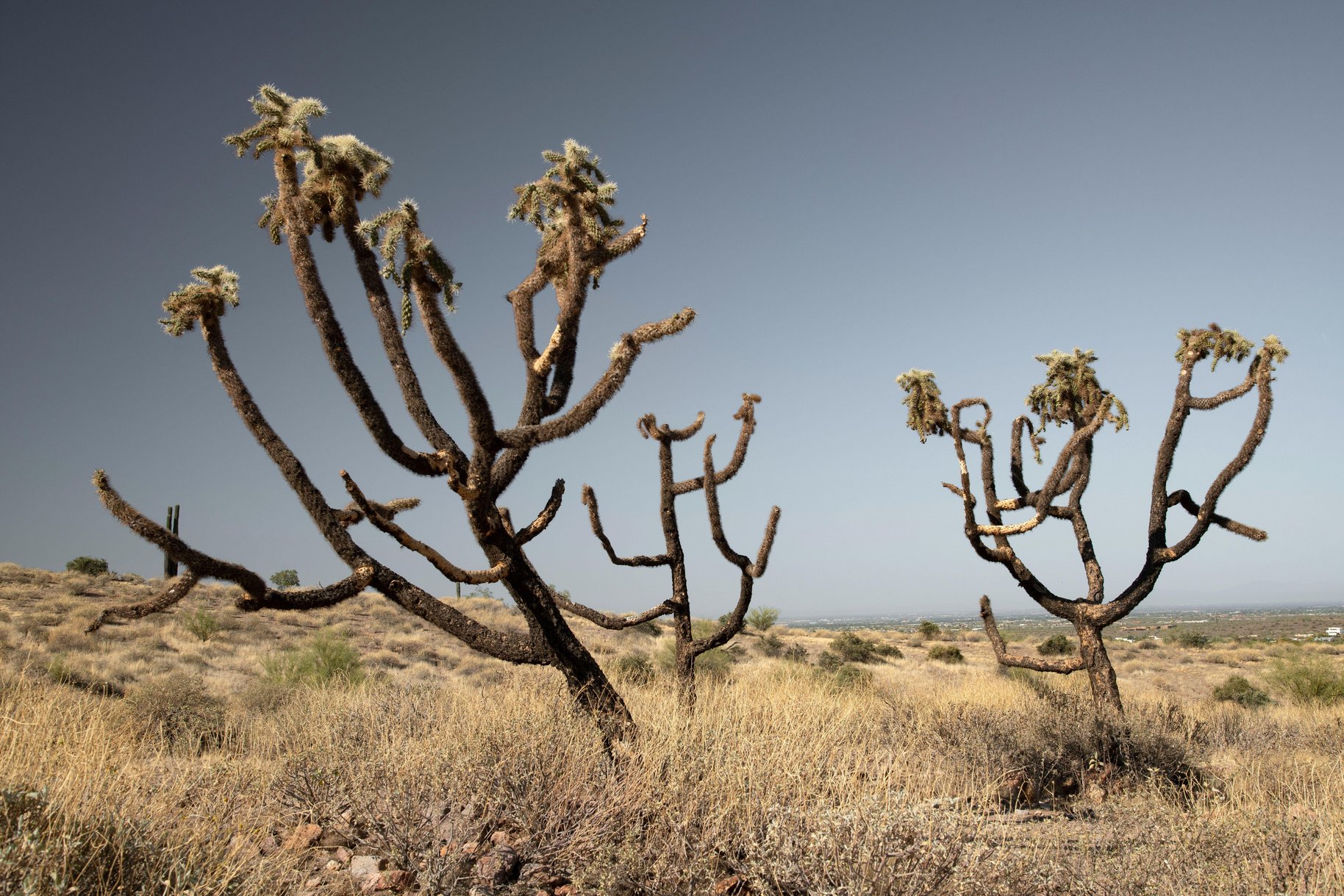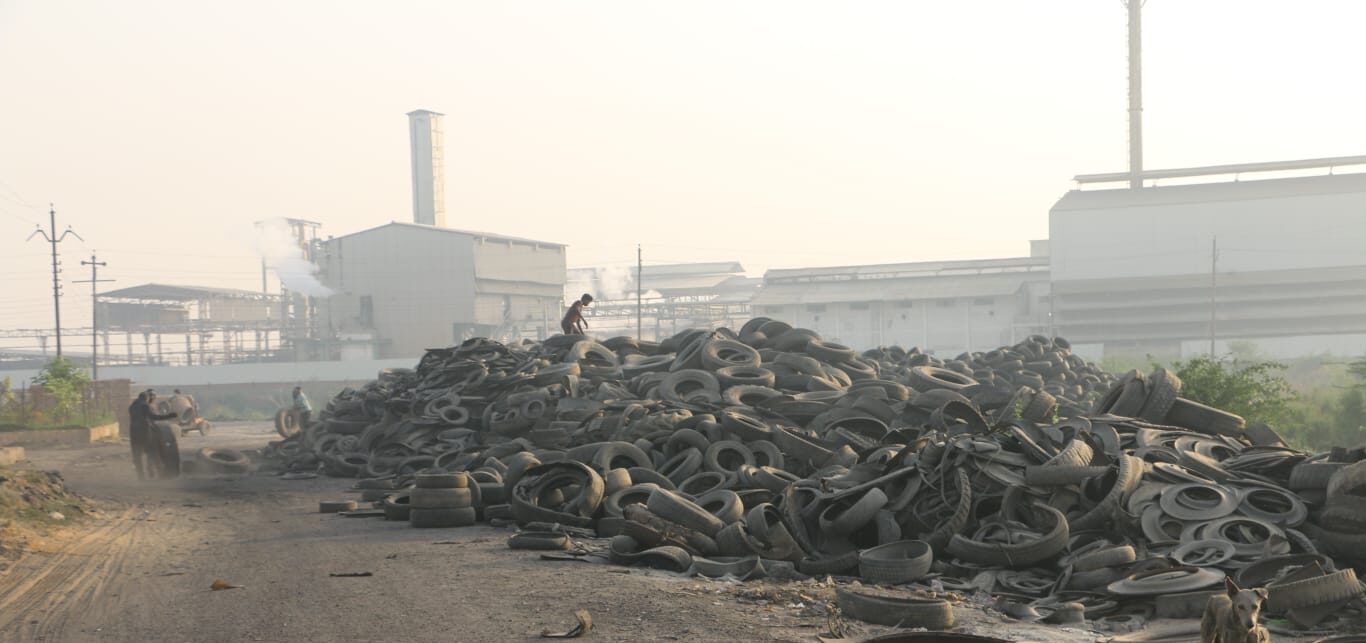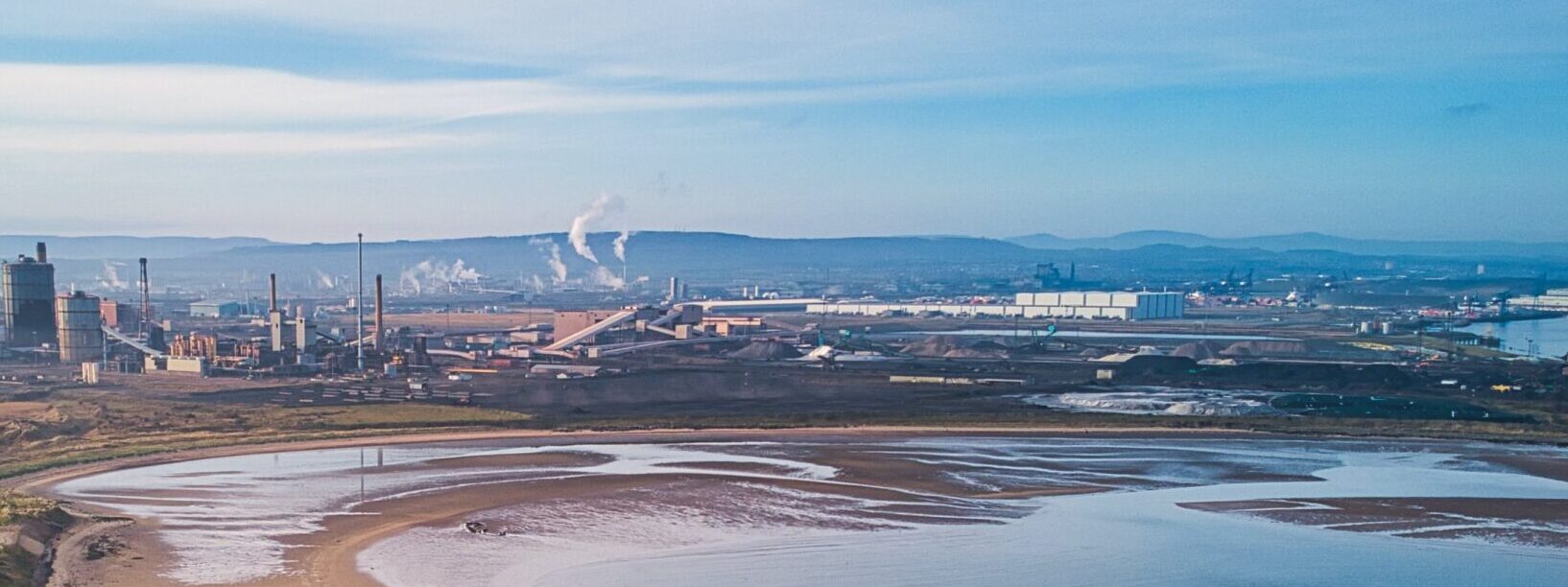British Airways, easyJet and other major carriers state that by supporting forest conservation projects they can offset emissions. A new investigation shows the bold claims can’t be verified
Britaldo Silveira Soares Filho was on a boat on Brazil’s Rio Negro river the first time he was asked to help rubber-stamp a carbon offsetting project.
The professor and expert in deforestation modelling spent three days aboard in 2007 along with other Amazon rainforest specialists tasked by a Brazilian NGO with examining the science behind a forest conservation programme.
Back in his office in São Paulo, he decided he didn’t want his world-leading software to be used for the project or others like it. But airlines are still backing these schemes to help them hit climate targets.
“It’s a scam,” he said. “Neither planting trees nor avoiding deforestation will make a flight carbon neutral.”
The aviation sector has pledged to halve emissions by 2050, while increasing passenger numbers. Yet non-polluting aircraft fuels are still a long way off. Instead, airlines are turning to offsetting to reduce climate damage, buying credits credits from projects that promise to preserve forests.
“It’s a scam. Neither planting trees nor avoiding deforestation will make a flight carbon neutral.”
Last year, British Airways told passengers they could “fly carbon neutral” by buying forest protection credits. EasyJet uses offsetting projects in Peru and Ethiopia to “become a more carbon neutral airline” and Delta, one of the world’s biggest carriers, uses them to support its aim to become the “first carbon neutral airline globally”. Air France, Iberia, Qantas and United Airlines all use similar programmes.
But an investigation into how these schemes calculate their carbon savings by SourceMaterial, with Unearthed and the Guardian, raises serious doubts about their ability to match major airlines’ claims.
SourceMaterial analysed 10 reduced deforestation offsetting projects used by major airlines and certified by Verra, the biggest issuer of carbon credits. Satellite analysis of deforestation, project documentation, interviews with leading experts and on-the-ground reporting revealed that projects can provide benefits to the environment and local communities—but that attempts to quantify and market the resulting carbon savings as an “offset” are based on shaky foundations.
‘Avoided deforestation’
Avoided deforestation schemes generate and sell carbon credits based on the amount of tree felling they claim to prevent. To work out these carbon savings, they predict how much deforestation would take place if the project didn’t exist.
Satellite analysis of tree cover loss in the projects’ reference regions, carried out by consultancy McKenzie Intelligence Services, found no evidence of deforestation in line with what had been predicted by the schemes.
Analysis of schemes backed by BA, easyJet and United suggested that the scale of the carbon benefits they offer is impossible to verify. One of the projects is run by two logging companies that cut down ancient and rare trees.
“It’s a scandalous situation,” Philip Fearnside, an ecologist at the National Institute for Research in Amazonia, said of the current state of the REDD+ system. “Most of this is pure public relations.”
The findings come as the carbon offset market is reaches a crucial point. The UK finance minister, Rishi Sunak, is aiming to make London the global hub for the trade of voluntary carbon offsets and former Bank of England governor Mark Carney is leading a task force to expand the market.
“It’s a scandalous situation. Most of this is pure public relations.”
They also come as Verra, the largest issuer of avoided deforestation credits, is overhauling its methodologies to help the market scale-up and following repeated media stories about the validity of the credits it produces.
In a statement, Verra said that SourceMaterial, Unearthed and the Guardian did not understand how its methodologies work, that the investigation was “fatally flawed” and had not produced fact-based journalism, ignoring its success at preserving forests.
A guessing game
Protecting forests is crucial if the world is to avoid catastrophic climate change and carbon offsets are intended to offer a mechanism to achieve this.
Since at least 2005, the UN has been discussing the idea of paying to protect forests. The idea was formalised in a collection of policies known as Reducing Emissions from Deforestation and Degradation (REDD), later REDD+, to fund conservation projects in developing countries, with the goal of mitigating climate change. The first REDD+ project began issuing carbon credits in 2011.
There is no central body to regulate these projects and carbon offset markets, allowing companies to carve a niche issuing carbon credits and certifying standards. Verra, which certified of all the projects in this investigation, has certified nearly 1,700 around the globe.
A project goes through a series of checks before certification to show that it will help conserve an area facing a real threat of deforestation. Crucially, a project need to demonstrate “additionality”—that the trees would not be saved it did not exist.
Developers calculate additionality using a baseline scenario—a hypothetical estimation of of how many trees would otherwise be lost. This normally taken from a “reference region” of nearby forest faing a comparable threat.
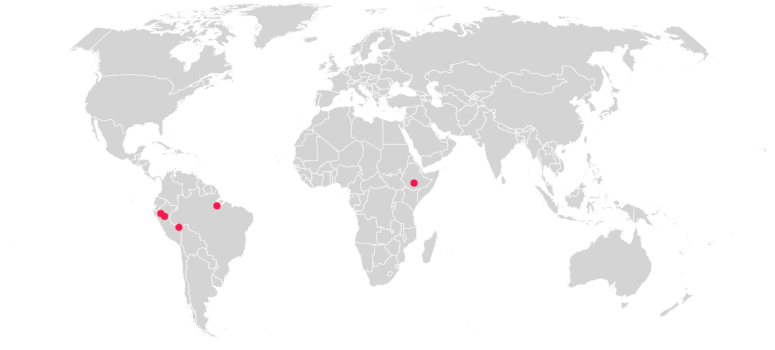
But an offsetting project supported by easyJet in a remote area of forest in the Madre de Dios region in Peru took as a reference a much more heavily populated area close to a major road, where deforestation was naturally higher. Trees in the more remote project area were less likely to be cut down, thrwoing doubt on the initiative’s claims to have saved them.
Verra rejected this criticism but says it is adapting its methods, using national and local deforestation data rather than reference regions, and reviewing deforestation every four to six years.
But gaps remain, experts say. Projects can issue credits even if deforestation in the country they are based in continues to rise, and there is no guarantee trees will not be cut down after projects—sometimes scheduled to last 20 years—end.
Most importantly, there remains no way of verifying if projects’ claims for their impact, based on historical models, are accurate in the real world, said Alexandra Morel, an ecosystem scientist at the University of Dundee,.
“It’s impossible to prove a counterfactual,” she said. “Rather than just valuing what forests are actually there, which are actively providing a carbon sink or store right now, we have to surmise which forests would still be here versus which ones are the bonus forests that were spared from the theoretical axe. It is so abstract.”
Thales West, a scientist at the New Zealand Forest Research Institutewho worked for five years as an auditor of REDD+ schemes, said that Verra’s methodologies “not robust enough”.
“There is room for projects to generate credits that have no impact on the climate whatsoever,” he said.
“It’s impossible to prove a counterfactual”
Verra generates many carbon credits from projects where the benefit is much easier to quantify, such as those related to renewable energy use and reforestation, or tree-planting, West said.
“The problems come with these REDD+ methodologies,” he said, “where you simulate these deforestation baselines because there’s no perfect way to create those.”
West was the lead author of a September 2020 study examining 12 projects avoided deforestation in the Brazilian Amazon.
“We find no significant evidence that voluntary REDD+ projects in the Brazilian Amazon have mitigated forest loss,” the paper concluded.
One of the projects it examined was the Floresta de Portel REDD+ project in Pará, northern Brazil, used by Air France’s to offset emissions from its domestic flights. Scientists found similar deforestation levels to an unprotected control identified nearby.

When asked to comment on its support for the Portel project, an Air France spokesperson said carbon offsetting is “part of a larger scheme to address our GHG emissions”. Michael Greene, a spokesperson for the Floresta de Portel project, said the project had acted as a bulwark against the impacts of illegal loggers and cattle ranchers, noting how deforestation was now increasing again.
Modelling carbon savings
To predict deforestation, Verra projects often use software called Dinamica EGO. It was never intended for use by REDD+.
“We do not support the application of deforestation modelling to fix REDD baselines for crediting purposes,” Dinamica’s website says.
Instead, Dinamica was designed to be used to monitor the potential impact of specific policy decisions, said Soares Filho, the Sao Paolo forest expert, who designed it. In 2006, for example, he and his colleagues used it to model the devastating impact the expansion of the cattle and soy industries could have in the Amazon basin. What the software can’t do, Soares Filho said, is make a definitive estimate about future forest loss in a given area, due to all the different factors that come into play.
“Models are used to avert an undesirable future, not predict the future, he said. “Models are not crystal balls. Models are a sign to help devise policy and evaluate policy choices.”
Farm Africa, a charity that manages one of the projects backed by easyJet that used Dinamica EGO, said in response to our story: “We remain confident that the deforestation scenarios the model produced are the best that science could provide at that time.”
Airlines are using offsetting as an excuse to avoid more meaningful emissions reductions, Soares Filho said.
“Aviation companies buying REDD+ credits are just postponing action,” he said. “It would be more efficient investing in research on more efficient jets or alternative fuels, for example. But of course, it is always more expensive.”
‘Fly carbon neutral’
The projects used by airlines are subject to audits and checks by Verra and independent third parties. But developers do not have to check if their predictions about the threat of deforestation, which form the basis of all carbon credits issued, turn out to be true.
To get an indication of whether future deforestation forecasts had come to pass, SourceMaterial, Unearthed and the Guardian commissioned new satellite analysis. Of the 10 schemes examined, four, backed by BA, easyJet and United, had made deforestation projections about a surrounding reference region that could be easily examined.
The findings were stark. The analysis found no evidence that the predicted levels of deforestation materialised in the reference regions of projects supported by BA, easyJet, and United.
Organisations behind each project claimed that the reason predictions of severe forest loss had not come to pass was because of their positive impact on reducing deforestation in their surrounding areas.
“Additionality is incredibly hard to prove,” said Crystal Davis, the director of Global Forest Watch. “Post-facto assessments of the integrity of baselines is really hard to do. That’s a big problem.”
‘Real-life Paddington’
Our analysis of two projects in Peru reveals some of the difficulties inherent in trying to prove the climate benefit of offsetting schemes.
EasyJet supports a project that claims to protect a remote area of forest in the Madre de Dios region of the country. But the reference region used to assess the threat of deforestation is a much more heavily populated area, encompassing the city of Iberia. At the time this reference region was analysed, it was split in two by an unpaved road, which has since become a major highway, connecting Peru and Brazil. MIS found that deforestation in this area was mostly concentrated around the highway and settlements, barely penetrating into the deeper jungle that more closely resembles the Madre de Dios project area.
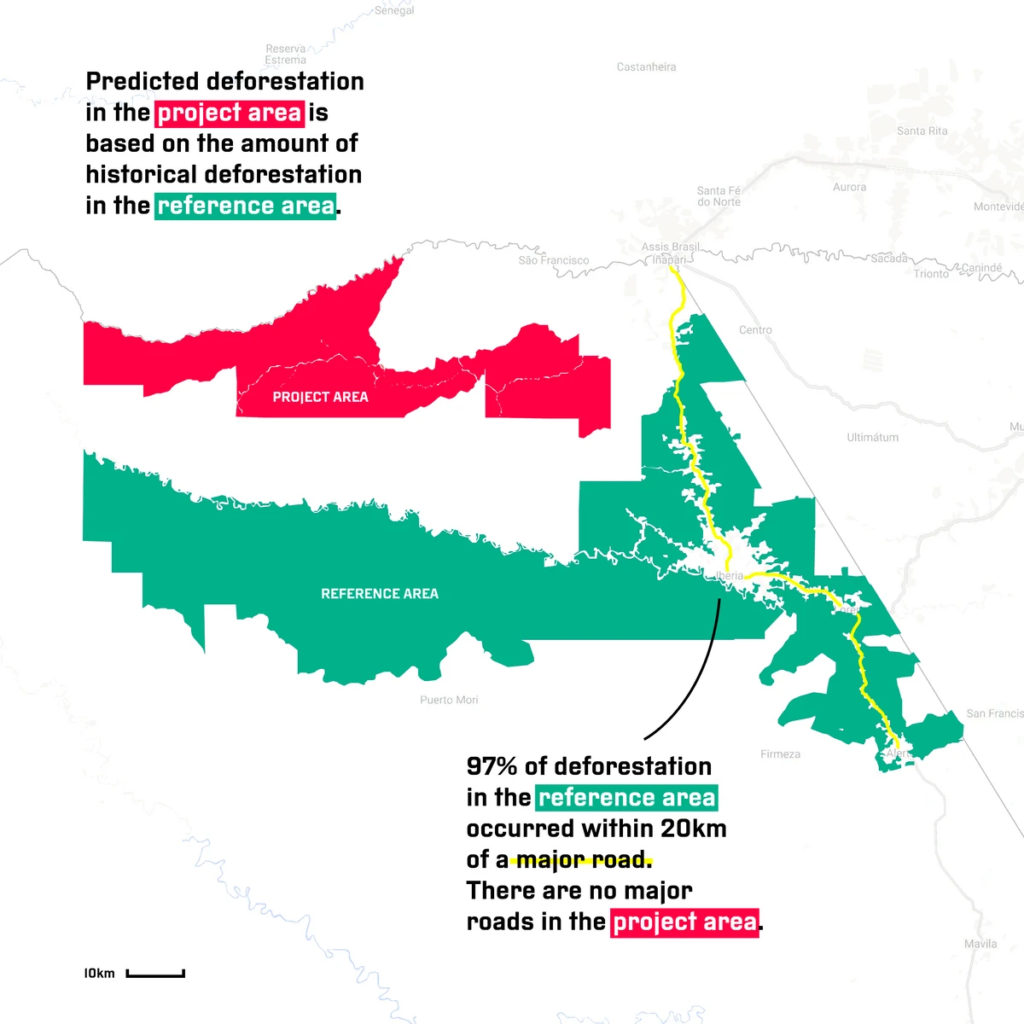
Asked to comment on the findings of this investigation, an easyJet spokesperson told us the airline “employs a rigorous process to select the schemes we buy credits from”. Hundreds of miles north of Madre de Dios, in central Peru, the Cordillera Azul national park is home to several threatened species, including the spectacled bear, otherwise known as the “real life Paddington”. The project has become central to British Airways’ claim that passengers can “fly carbon neutral” by offsetting their flight.
CIMA, the NGO behind the project, focused on population growth when estimating potential deforestation. It argued that without additional resources as a REDD+ project, immigrants moving into the surrounding area would cut down trees in order to farm the land, predicting a huge increase in deforestation.
But the area was already a national park that had enjoyed protected status for seven years by 2008 when it started claiming credits. CIMA wrote in 2012 that “no illegal logging activities have been observed by park guards in or immediately around the project area since 2006”.
Asked whether he thought Cordillera Azul would have suffered high rates of deforestation without the REDD+ project, Deyvis Huamán, a REDD+ official in Peru’s ministry for the management of protected areas, said: “No, I don’t think so. You put yourself in the worst-case scenario, mining might come in or illegal loggers, and it could be a problem.
“It’s a Pandora’s box when you do those calculations because it’s in the formulas where you can manage those numbers, and decide whether to generate more or fewer credits… it’s kind of arbitrary sometimes. You can put values on drivers of deforestation, highways, the price of gold, the price of wood. So you put a value on the strongest driver and it might exist or it might not.”

CIMA told us that, according to its understanding, the Peruvian government “is very pleased with the contributions made by the early initiatives working on protected areas in Cordillera Azul and elsewhere, as it is providing funding and has given invaluable experience for the next steps to come, as a result of the Paris agreement.”
Responding to this investigation, a BA spokesperson said the airline aims to reach net-zero by 2050, using a range of initiatives, including carbon offsetting. They added: “We work with our partners and project developers to choose the highest quality, independently verified projects and do due diligence to ensure they provide real carbon, economic, social and environmental benefits.”
Permanence
It takes thousands of years for emitted fossil fuel carbon to leave the atmosphere. A portion of the carbon produced by a flight you took yesterday will stay in the atmosphere for millennia. In the case of the kind of unplanned deforestation schemes we looked at, an area of forest needs to stay intact for many decades in order to properly offset carbon emissions.
To deal with this problem, offsetting standards bodies set minimum lengths of time for projects to last, but these vary dramatically. A hundred years is typically the time period used by the Intergovernmental Panel on Climate Change, and other respected organisations, to assess the global warming potential of greenhouse gases.
None of the schemes we examined for this story — backed by BA, Delta, easyJet, Air France, United, Iberia and Qantas — had a lifespan of 100 years. Some are only scheduled to last for a couple of decades.
Iberia said in response to the findings in this story that they chose to support a Verra-certified REDD+ project “due to the information available back in 2019 and the due diligence assessments carried out.” The airline said it was “working on updating” its offsetting program in light of the pandemic. Qantas did not respond to a request for comment.
When asked by SourceMaterial about the risks of their project areas being deforested before carbon had been properly sequestered, some schemes said that their projects would be renewed if a threat to the project area still existed at the end of its life.
Others pointed to agreements with governments to keep projects going beyond the lifespan set out in project documents at the start of the schemes.
During a project’s life, Verra forces schemes to maintain a buffer of credits —- a kind of insurance against loss of trees, for example, due to forest fires. Verra told SourceMaterial that when a project comes to an end all remaining credits in a buffer are automatically cancelled to offset future losses. In addition, Verra argues, the work of REDD+ schemes, like shifting communities away from destructive farming practices, means that the benefits brought by these projects last longer than any projects crediting period. But it admitted it does not check if this actually happens.
Verra has disputed the independence of the investigation and described it as a “hit piece” due to Greenpeace’s opposition to carbon credits, adding that many of the criticisms were now outdated that did not reflect what was currently happening with REDD+ carbon credits.
Paris agreement
Recent global treaties on climate change have given increased urgency and importance to the issue of how robust offsetting projects are. Governments are increasingly considering actions to reduce deforestation, in part because, under the Paris climate agreement, countries can include reducing deforestation in their emissions reductions plans.
We understand from sources that Norway, the world’s biggest financial supporter of forest conservation, believes national level projects deliver more significant and meaningful reductions in deforestation than voluntary schemes. The country has entered bilateral agreements with governments in several tropical countries, including Indonesia and Gabon, providing financial incentives to reduce forest loss.
Governments are able to take a more holistic approach to forest protection, Frances Seymour, distinguished senior fellow at the World Resources Institute, told SourceMaterial. Airlines and other polluters should purchase credits from regional or national governments, rather than individual projects, to reduce deforestation, she said.
“Stopping deforestation requires actions that only governments can perform: clarifying land tenure, enforcing the law, regulating permits, and rewarding conservation through tax and credit policies,” Seymour explained. “Individual projects can address local drivers of forest loss at local scale, but not economy-wide drivers at large scale.”
While Verra’s proposed changes would mean projects were integrated into national “baseline” predictions of deforestation, they will still issue credits themselves. The risk remains that consumers could pay airlines to achieve reductions in deforestation that are actually the result of global economics or government policy rather than the work of the projects themselves.
“Stopping deforestation requires actions that only governments can perform.”
Cordillera Azul is one of a number of projects that may have to adjust its baseline to match more conservative estimates from Peru’s government. “With Cordillera Azul’s methodology you say, I can verify 1.5 million credits per year,” noted Huamán, from Peru’s ministry for the management of protected areas. “But the [new post-Paris] national reference level says in that same area you can only generate 100-200 thousand credits.”
Important conservation work
Many of the schemes we’ve looked at during the course of the investigation are doing important and often difficult work, conserving forests and ecosystems. Some of the environmentalists we have spoken to for this story see REDD+ as a way of funding conservation work in dangerous parts of the world. In the absence of support from governments and other organisations, offsetting has filled a gap.
But even when projects appear to be doing good work, there can be complications. The Madre de Dios project, backed by easyJet, is in the unusual position of being run by two logging companies.
These companies, Maderacre and Maderyja, are certified by the Forest Stewardship Council and insist that they operate in a sustainable way that goes beyond requirements set by the Peruvian authorities. They argue that sustainable logging of this type can increase carbon absorption by promoting tree regeneration.
But while this type of forestry management protects younger trees as they grow, figures from Peru’s forest inspections agency show that the loggers have cut down old trees, which serve a crucial role for ecosystems, including carbon-rich shihuahuaco trees and rare species like Spanish cedar and mahogany that both appear on the IUCN red list, listed as “vulnerable”.
Julia Urrunaga, director of Peru programmes at the Environmental Investigation Agency said “it’s absurd” that a logging company should get paid for carbon credits while it cuts down old shihuahuaco trees that can take 1,000 years to reach full maturity. The project developers say they follow international rules on endangered species.
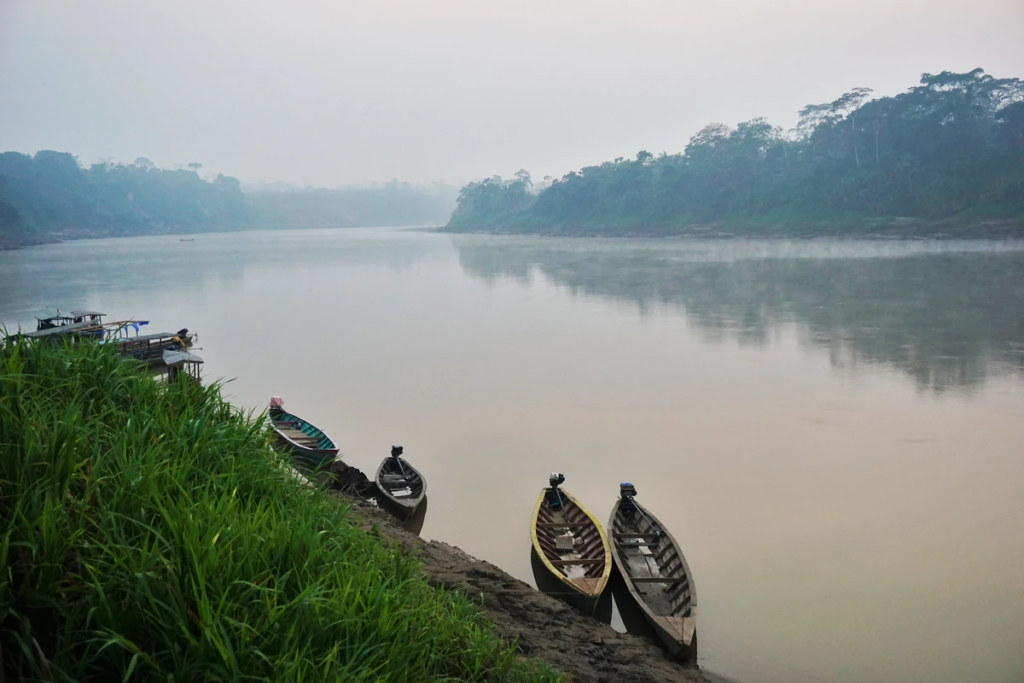
Like many REDD+ schemes, the Madre de Dios project also says it supports local Indigenous communities, who themselves often play a crucial role in sustainably using and defending forested land in their territories. But SourceMaterial has seen minutes from a meeting showing that the companies behind the scheme opposed a government proposal to expand an Indigenous reserve bordering the project area in 2017. The government was concerned that the isolated Mashco Piro tribe were being threatened by encroachment from outsiders. A representative from the Madre de Dios project argued that existing reserves were “more than sufficient” and logging concessions were a “productive conservation model”.
Project developer Greenoxx told SourceMaterial that it would welcome any decision by the authorities regarding the location of the Indigenous reserve, and noted it did not have any formal power over the decision. The NGO also highlighted its work with Indigenous communities living near the project area, claiming: “Our project is effectively contributing to the protection of their territory.”
A ‘fig leaf’ for big companies
With the global offsetting market set to take off in the coming years, Barbara Haya, a research fellow at the University of California, Berkeley who focuses on climate mitigation, told us: “Airlines and other polluters need to be more careful in how they market their support for these projects to customers and they need to have a better understanding of the climate impact of the projects they support, before making big claims.”
“It’s great if companies want to support conservation projects if these actually have positive impacts,” Gilles Dufrasne from Carbon Market Watch told SourceMaterial. “But they shouldn’t say that this compensates for their own emissions. It simply doesn’t.”
Alexandra Morel said that the current voluntary REDD+ set up places too much emphasis on scrutinising the claims of projects in poorer countries and not enough on polluters. She said the voluntary REDD+ system “relies on a level of scrutiny that puts the onus on the most vulnerable to dramatically change their lives, while the offsets go to us who are so unwilling to change ours.”
“It’s great if companies want to support conservation projects… but they shouldn’t say that this compensates for their own emissions. It simply doesn’t.”
United Airlines’ own CEO, Scott Kirby, has called offsetting “a fig leaf for a CEO to… pretend that they’ve done the right thing for sustainability when they haven’t made one bit of difference in the real world”.
Asked why, in that case, United has supported the Alto Mayo project in Peru, a United spokesperson declined to comment directly.
Former Bank of England governor Mark Carney is leading an effort to reform and grow the offsetting sector. Verra is represented on Carney’s task force, as is easyJet. The group is currently discussing how best to expand the voluntary carbon offsetting market. Whether or not to allow projects like the ones discussed in this investigation to be part of the market in future is a key sticking point.
Also on the task force are banks and other investors, who, if the UK Chancellor Rishi Sunak gets his way, will be key players in a new, multi-billion dollar market trading carbon credits in London.
It will be vital then for these credits to represent value for money and, more importantly, value for the climate.
Additional reporting: Mitra Taj

